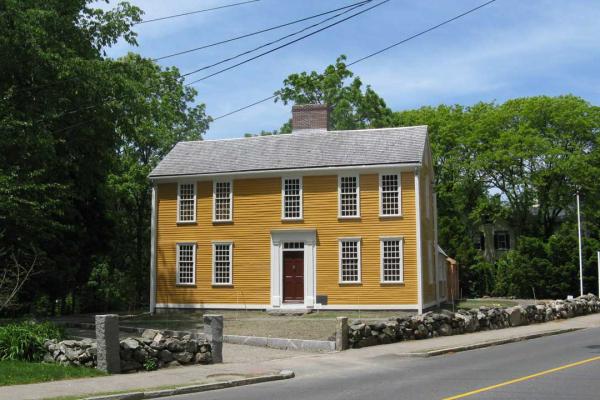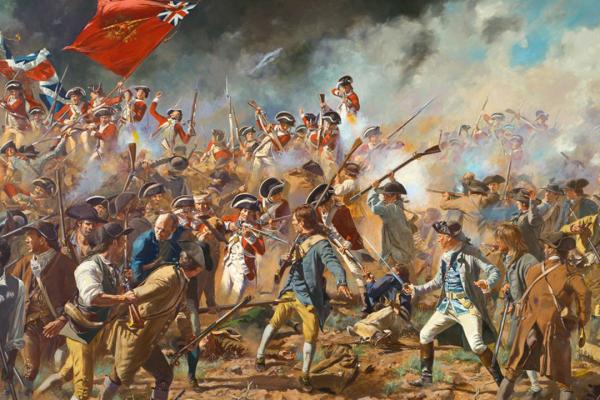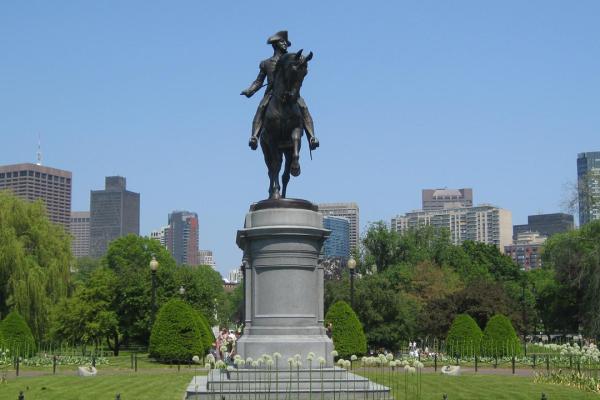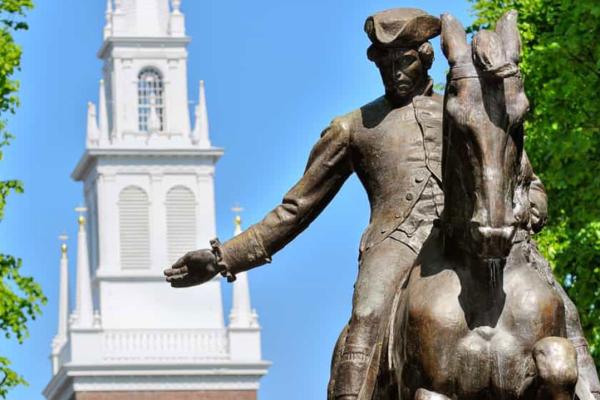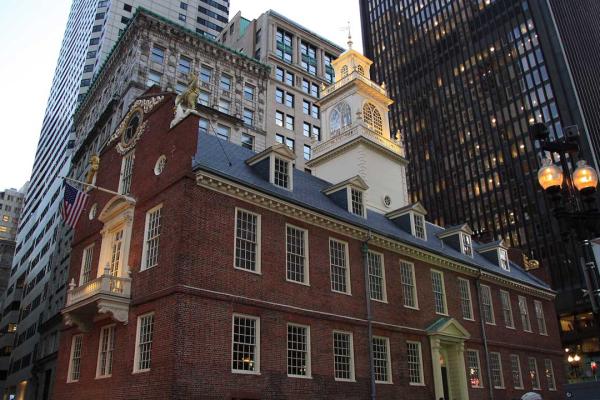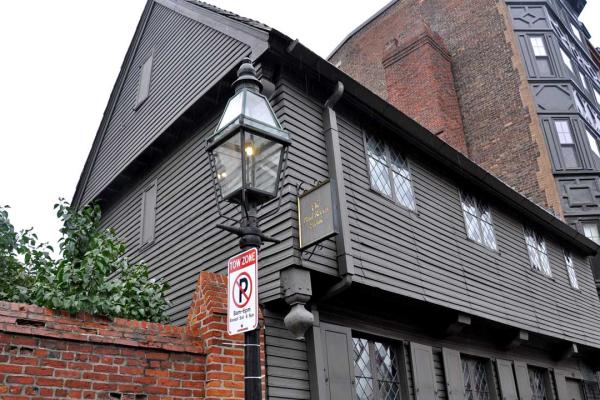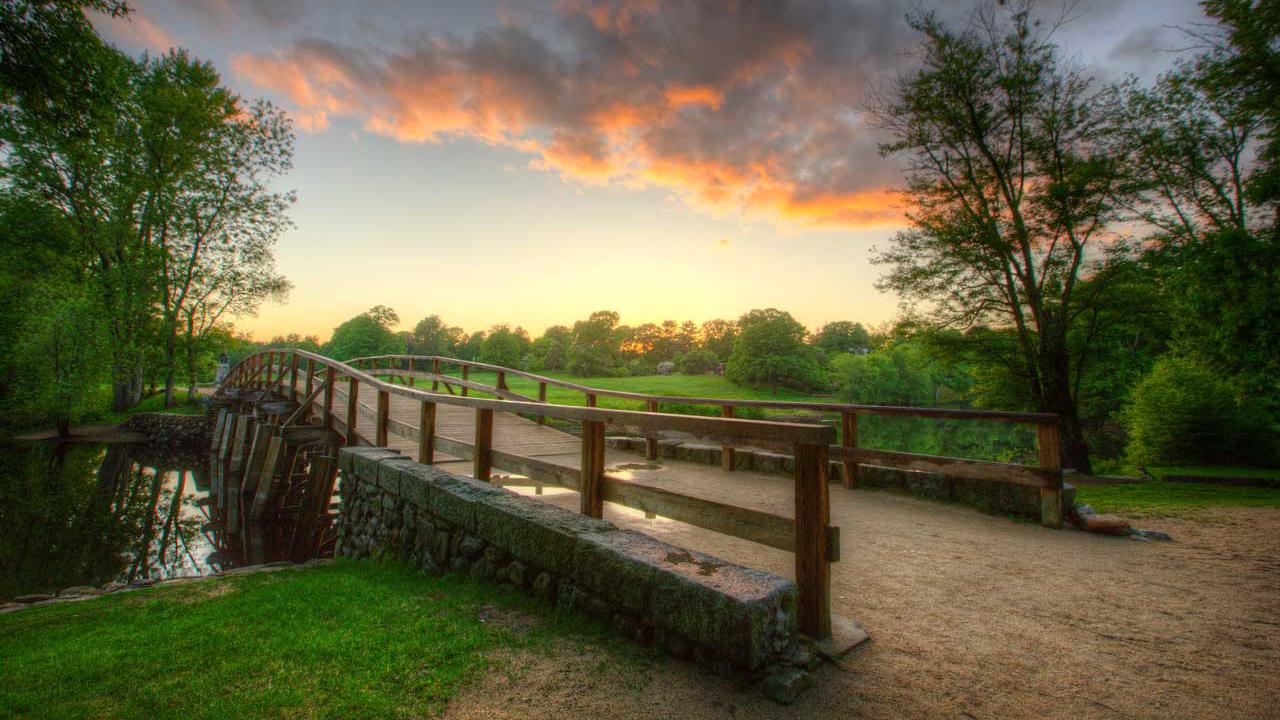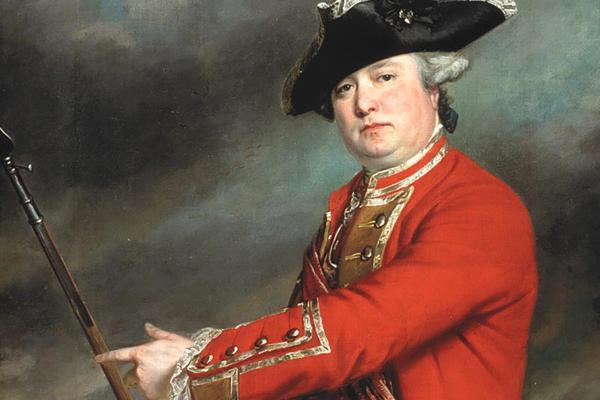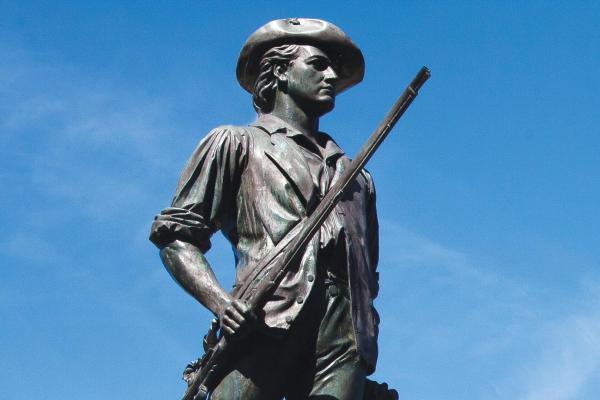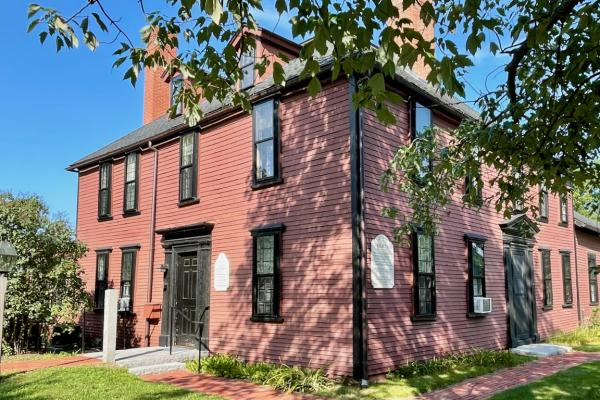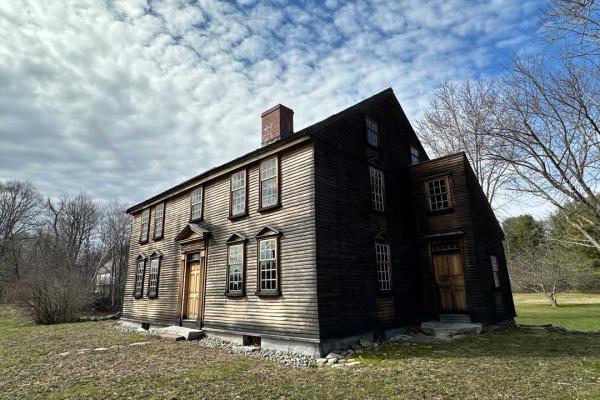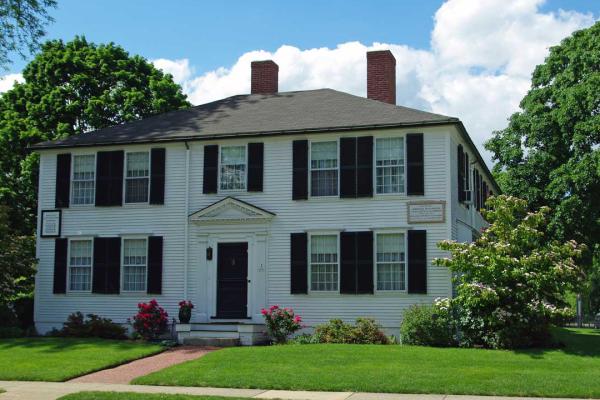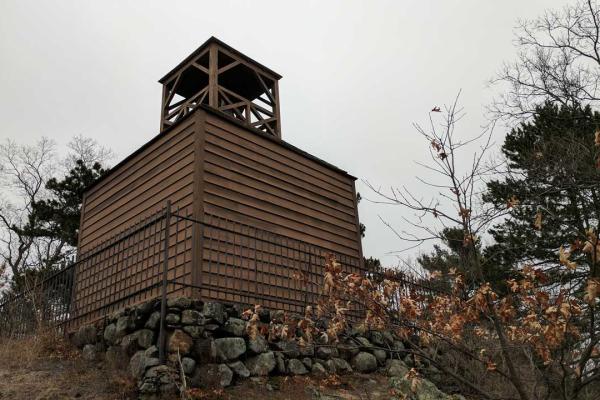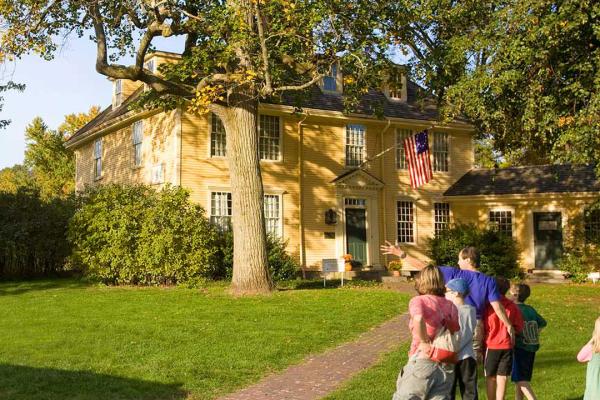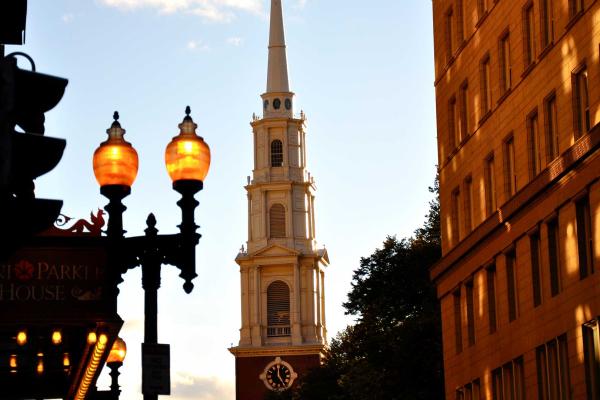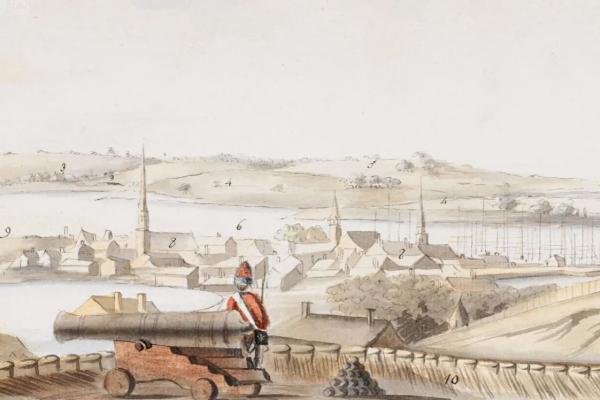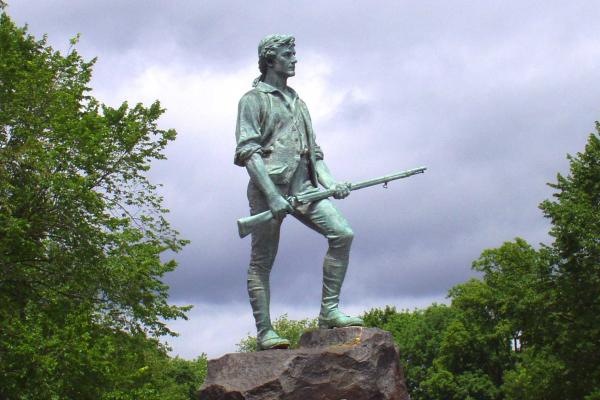The bridge that stands here today is a reconstruction of a bridge built in 1956, the fifth bridge to stand in this location as the original bridge that stood here in April 1775 was torn down in 1788. British troops under Captain Walter Laurie were assigned to guard this bridge, while another detachment went to search the farmstead of James Barrett for hidden weapons and supplies. The 115 British soldiers at the bridge watched as hundreds of militiamen from Concord and neighboring towns gathered in a nearby field.
In Concord, British troops set fire to military supplies they had discovered. In turn, the rising smoke convinced the militia that the British were burning the town, prompting them to advance towards the bridge. When they were within 50 yards, a shot rang out, causing the battle to commence. In the resulting exchange of fire, two militiamen and three British soldiers were killed, and several more on both sides were wounded. The “shot heard ‘round the world” had been fired.
The British fell back over the bridge into Concord. The militia pursued briefly, then returned to their original positions outside the town. As more militia rallied around Concord, the British prepared to march back to Boston. Today, visitors can explore the Old North Bridge, preserved as part of Minute Man National Historical Park. Nearby, the Minute Man Statue, the Barrett House, and the Concord Museum offer further insights into the early battles of the American Revolution.
What's Nearby
Explore more of The Liberty Trail by visiting these nearby attractions.
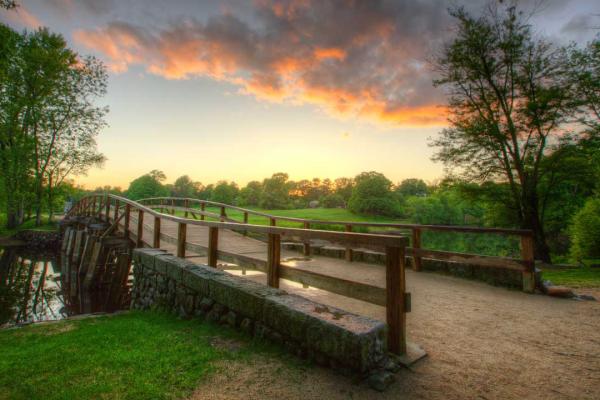
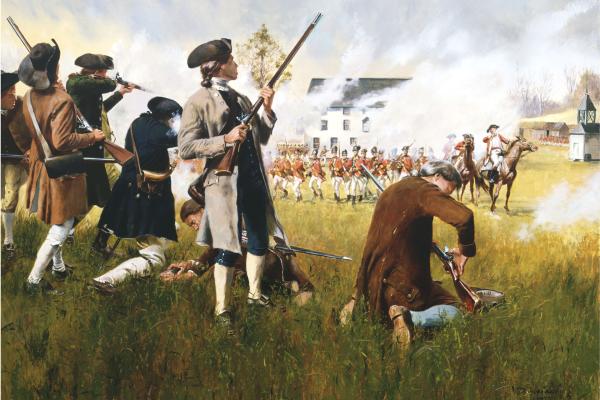
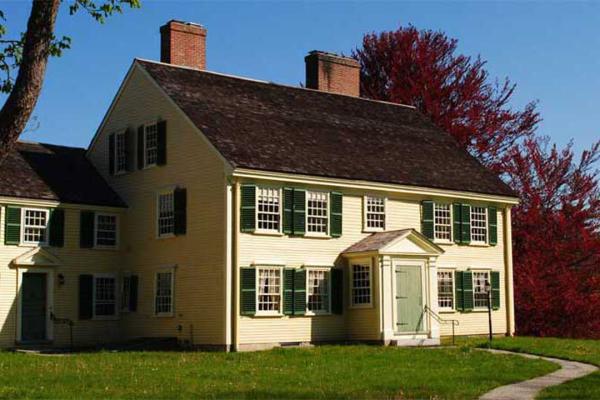
Concord, MA 01742
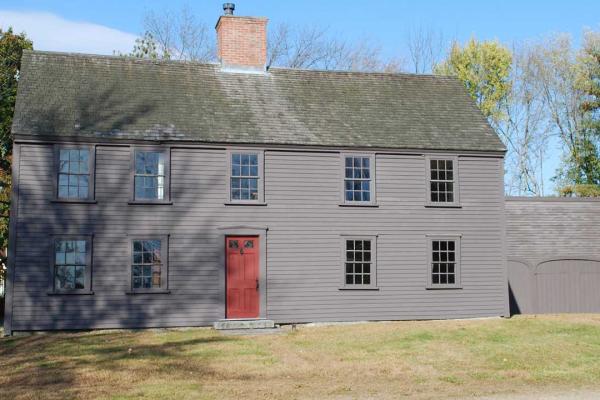

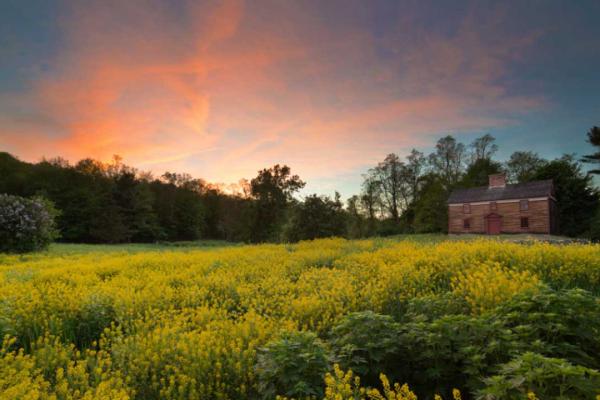
Lincoln, MA 01773
